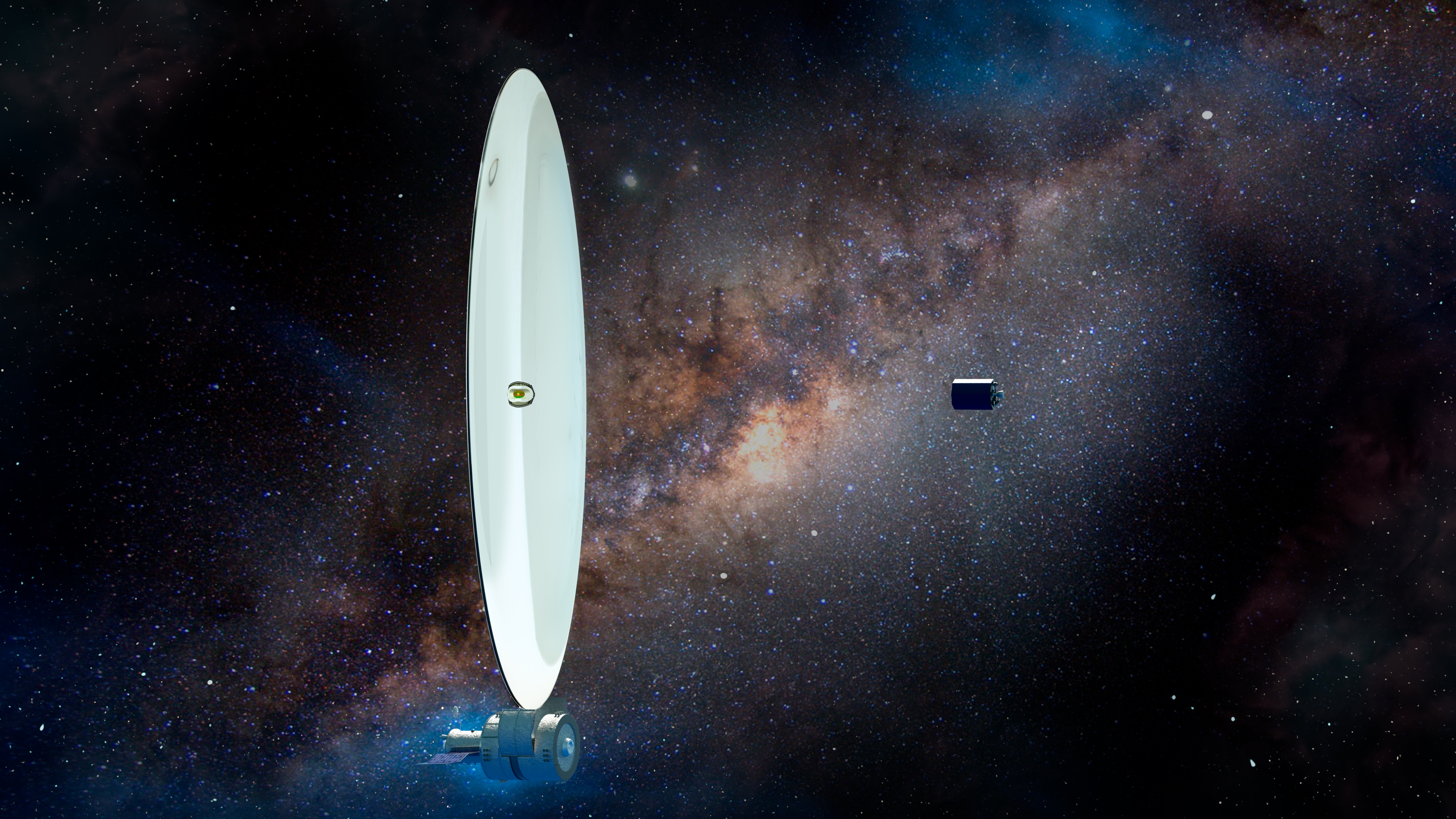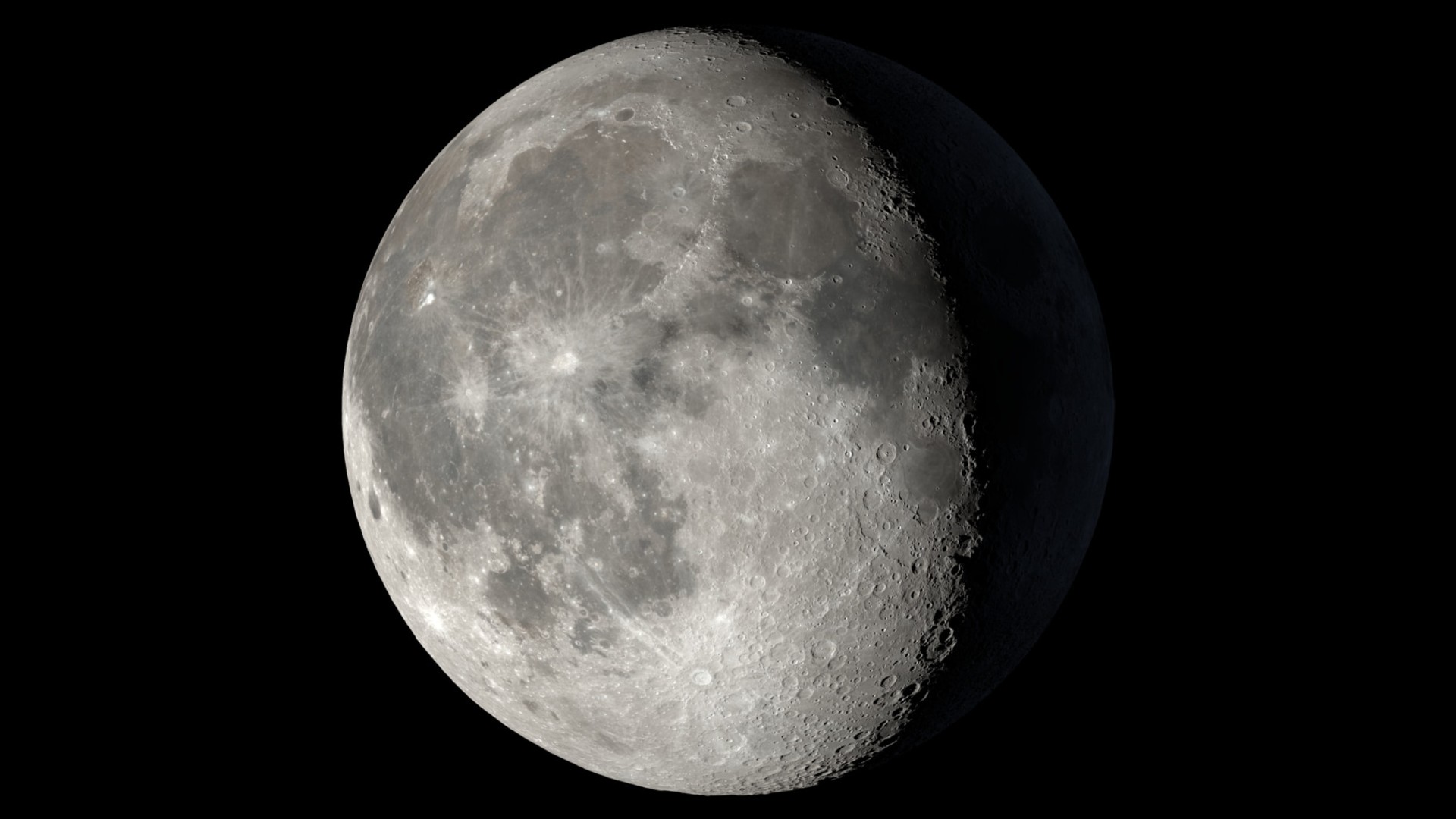A private Ax-1 astronaut will test making a liquid telescope mirror in space
The method involves building lenses out of liquid polymers — while in space.

Among the many experiments that crewmembers on the all-private Ax-1 mission will take part in during their one-week stay on the International Space Station is one that could help NASA build larger space telescopes than ever before.
The Fluidic Telescope Experiment (FLUTE) is a program designed to investigate using liquids to construct telescope lenses, which could be done in space itself after the material launched. If the technique proves possible, space telescopes could become much larger than currently possible — a great thing for astronomers, because the larger a telescope, the more powerful it is.
The Ax-1 mission, coordinated by Houston company Axiom Space, is ferrying four passengers to the International Space Station (ISS). Onboard the ISS, Ax-1 Mission Specialist Eytan Stibbe will perform an experiment demonstrating the technology, creating a lens from liquid polymers and hardening it with either ultraviolet light or temperature. It sounds far-fetched, but the process is relatively straightforward, akin to creating acrylic nails in a salon. The brilliance lies in using microgravity to aid with the shaping of the lens.
Related: Making stuff in space: Off-Earth manufacturing is just getting started
Live updates: Ax-1 private mission to space station
"In microgravity, liquids take on shapes that are useful for making lenses and mirrors, so if we make them in space, they could be used to build telescopes that are dramatically bigger than was previously thought possible," Edward Balaban, a researcher at NASA's Ames Research Center and FLUTE's principal investigator, said in a statement.
And, in fact, this liquid technique could even be easier than current lens production processes.
"This method allows us to completely skip any mechanical processes such as grinding or polishing," Moran Bercovici, an associate professor of Mechanical Engineering at Technion, said in the statement. "The natural physics of fluids simply does all the work for us."
Breaking space news, the latest updates on rocket launches, skywatching events and more!
The research team, which comprises scientists from NASA's Ames Research Center, NASA’s Goddard Space Flight Center, and the Technion - Israel Institute of Technology, has already demonstrated the technology closer to home, first in simulated microgravity in water on Earth, then on ZeroG parabolic flights, which offered researchers 15- to 20-second-long periods of microgravity.
"Sure enough, in a few seconds we were able to create a free-standing liquid lens — until the plane lifted upwards again and gravity kicked in and the oils oozed out," Bercovici said. "Our experiment on the space station will add a step to cure the fluids so they keep their shape."
The upcoming experiment flew to the space station in advance of the Ax-1 mission, which launched on Friday (April 8).
"If our station experiment is successful, it will be the first time an optical component is made in space," Balaban said. "It feels a bit like making history."
Follow Stefanie Waldek on Twitter @StefanieWaldek. Follow us on Twitter @Spacedotcom and on Facebook.
Join our Space Forums to keep talking space on the latest missions, night sky and more! And if you have a news tip, correction or comment, let us know at: community@space.com.

Space.com contributing writer Stefanie Waldek is a self-taught space nerd and aviation geek who is passionate about all things spaceflight and astronomy. With a background in travel and design journalism, as well as a Bachelor of Arts degree from New York University, she specializes in the budding space tourism industry and Earth-based astrotourism. In her free time, you can find her watching rocket launches or looking up at the stars, wondering what is out there. Learn more about her work at www.stefaniewaldek.com.
